Once upon a time, there was a handsome prince. Because he was handsome, he thought that it was good to be handsome, and because he was wealthy he surrounded himself with beautiful things. He was also kind of a dick, but that didn’t have many consequences for him. It rarely does, for princes. So he was happy.
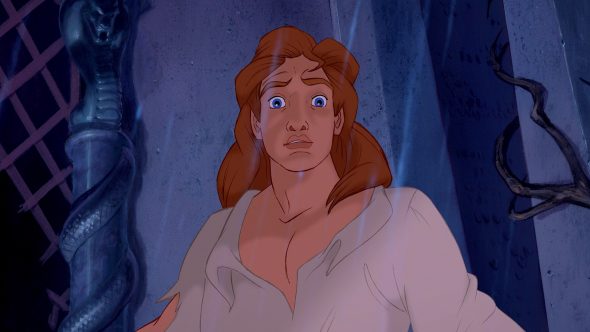
But one day he was a dick to the wrong person. An enchantress visited his castle in the guise of a hideous old woman, asking for charity. Disgusted by her ugliness, the prince tried to have her thrown out of the castle. And so she cursed him, along with everyone else who happened to live in the neighborhood. (Arguably the enchantress was even more of a dick, but that had even fewer consequences.) The prince was transformed into a hideous beast. And the only way to break the spell was for him to learn to love another, and earn her love in return. As the years passed, he fell into despair and lost all hope. For who could ever learn to love a beast?
The curse is one of those didactic curses: there’s a technical way to break it, sure, but there’s a moral lesson that’s got to be learned first (at which point the technical requirements will start falling like dominoes). Before the enchantress cursed him, she warned the prince “not to be deceived by appearances, for beauty is found within.” This is an appealing moral lesson.
But it’s not one that Beauty and the Beast has any use for. Or rather, the version that plays out in the film is a lot weirder and more specific than you’d probably think at first blush. Let’s start by imagining some other ways that the story could have played out. [Rewinding tape noise, squelch of static] …
1) The prince surrounded himself with beauty. But then one day an enchantress visited his castle in the guise of a hideous old woman. Disgusted by her ugliness, the prince was filled with saṃvega, and fled the castle to live an ascetic life, eventually attaining enlightenment as Gautama Buddha.
But of course that’s not what happens. If you read between the lines, the Beast DOES lead kind of an ascetic lifestyle in his antebelle-um period, or at least living like an animal (which amounts to more or less the same thing, depending on the version of asceticism that you’re dealing with). Life for the servants has become unnerving because they are not serving, meaning that they are no longer providing the beast with luxurious items such as twelve course dinners and harpsichord concertos. But this asceticism is presented as part of what is wrong with The Beast. It’s not the right way to be: Belle has to break him out of it.
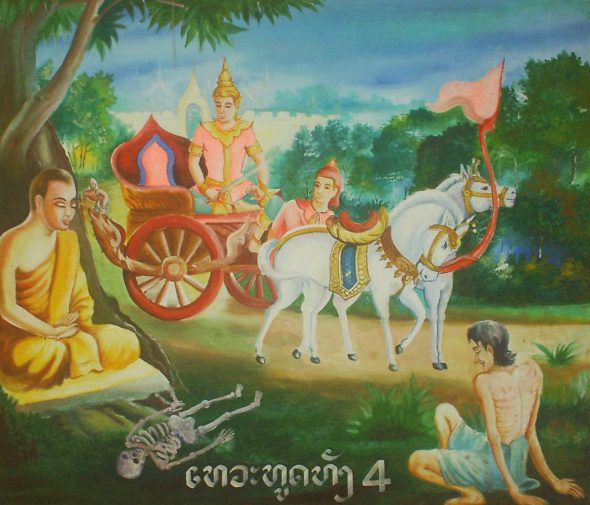
2) The prince surrounded himself with beauty. But then one day an enchantress visited his castle in the guise of a hideous old woman. Through a series of comical mishaps and poorly thought-out promises, the prince ended up marrying the crone. (Look, just go with it.) But on their wedding night, when they lay down in bed, she suddenly transformed into the most beautiful woman he’d ever seen! “Now tell me, Prince,” said the lady, “would you rather have me ugly all day, exposing us both to mockery, but pretty when we’re alone in bed at night? Or would you rather I be pretty during the day (so that everyone will be jealous of you), but ugly the rest of the time?” The prince thought long and hard, and then decided to let the Loathly Lady decide for herself, upon which the spell was broken.
But of course that’s not what happens. There is a certain sense in which the Beast learns to respect Belle’s agency over the course of the film: at first she’s his prisoner, and then he lets her go. But this is totally disconnected from the film’s ideas about beauty. We’re not to think that the Beast is uglier when he’s keeping Belle captive than he is when he releases her (although we are meant to think that he’s more lovable when he’s being nice). What’s more, the “choice” in The Marriage of Sir Gawain story is really about the woman’s ability to interact with society at large. If she’s ugly during the day, then everyone will heap scorn upon her. This is why she’d rather be, as it were, a lady on the streets and a freak in the sheets. There’s a sense, then, in which the choice is about the amount of freedom that she’ll be allowed in the marriage. Is Gawain going to hide her away for his private enjoyment, or is he going to share her with the rest of the world? (And then the moral is that this is a false choice: setting aside the sexism inherent in the question, a husband who lets his wife have a public life will actually have more fun with her in private, not less.) But in Beauty and the Beast, Belle is like COMPREHENSIVELY uninterested in public life. She sings a whole song about it! So given the choice between a happy life in the village or private bliss with her one true love, she’ll take her splendid isolation, thank you very much. (And note that, the closing dance sequence notwithstanding, the film basically ends with open warfare between society and the castle.) The only reason she e ever wants to go back out into the world is that her father — the other guy she’d been sharing her beauty exclusively with — needs her help.
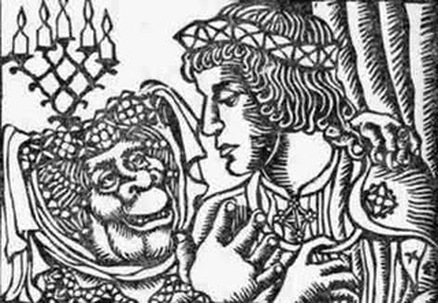
3) But one day he was a dick to the wrong person. An enchantress visited his castle in the guise of a hideous old woman. She asked for charity. But disgusted by her ugliness, the prince tried to have her thrown out of the castle. And so she cursed him, along with everyone else who happened to live in the neighborhood. (The enchantress was also kind of a dick, but that had even fewer consequences.) The prince was transformed into a hideous beast — the spell never to be broken until true love’s kiss returns him to true love’s form. The rest of the movie plays out more or less as-is until Belle kisses him at the end, at which point she turns into an ogre as well, and they live happily ever after in the swamp while Smashmouth plays “I’m a Believer,” and also now Lumiere is voiced by Eddie Murphy.
But again, this is not what happens. First of all, let’s note that the Shrek-ified version, where the happy ending involves Beast STAYING a Beast, and Belle’s inner beauty is forcibly decoupled from her outer beauty, is the story that actually HAS the moral that Beauty and the Beast CLAIMS to have. But there are additional wrinkles to Shrek’s discourse on beauty. From the outset, Shrek likes Fiona for who she is rather than for what she looks like. Fiona herself is fine with the way that Shrek looks, but assumes that he would be disgusted with her own ogre form. So the Beast character in that film already knows that true beauty lies within, while the Beauty needs to learn that her own physical beauty — which she already sort of doesn’t trust — is not actually what makes her valuable. But in the actual version of Beauty and the Beast, Belle doesn’t care about her own looks… and what’s more, neither does the Beast. This is the critical point: we are only ever told that the Beast is obsessed with physical beauty. Either he learned to look beyond that before the movie proper begins, or he never really felt that way in the first place.
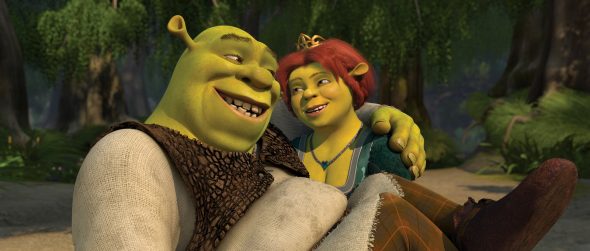
So what does Beauty and the Beast actually have to say about beauty? It certainly doesn’t claim that beauty is a meaningless concept (which is sort of what happens in the Buddhist reimagining of the story). Nor does it claim that beauty is just an epiphenomenon of marital happiness and female empowerment, which is kind of the Sir Gawain version). And it certainly isn’t claiming that beauty lies within, like Shrek. In Beauty and the Beast, Beauty is a real force, it is valuable for its own right, and it does manifest in outward appearance. And yet it also has an inner aspect. Surface beauty that masks inner rot is pernicious — that’s how we can account for Gaston, and also for the Prince at the start of the tale. (If the enchantress had just said that she wanted to teach him that true ugliness lies within, she’d have described the film much more accurately.) But inner beauty is not so easy to see. Only a few people can manage it. And Belle is one of them. She has such a keen eye for inner beauty, in fact, that she can teach the Beast to see it as well.
But whose inner beauty does she see? Her own? I guess, but that’s not so hard: pretty much everyone in the film gets that Belle is nice. The Beast’s? Sort of… but his whole castle staff can see that too. Actually Belle’s eye for beauty seems to be mostly wrapped up in the way she interacts with luxury goods and art objects. Weird, right? But think about it: right at the start of the film, she sees her father making this elaborate baroque clock. Instantly, she opens it up to see the miniature statue inside, which is obviously supposed to be an image of her mother. The clock is beautiful on the outside, but the true beauty — the spiritual beauty — lies within. Right? Or again, when she first sees the Beast’s library. The Beast has all of these expensive books, but he treats them like wallpaper. He has read them — this is a crucial difference between the live action film and the cartoon, I think — but he still doesn’t care about them. So he doesn’t have a bad education, he just has bad taste. Belle on the other hand has amazing taste! So she’s instantly excited by the books (which are already beautiful on a surface level), and manages to convince the Beast that they have a deeper beauty as well. Or consider that poem that she recites to him when they’re out walking the grounds after the snowstorm! (This is “A Crystal Forest,” by William Sharp.)
The air is blue and keen and cold,
With snow the roads and fields are white
But here the forest’s clothed with light
And in a shining sheath enrolled.
Each branch, each twig, each blade of grass,
Seems clad miraculously with glass:
Above the ice-bound streamlet bends
Each frozen fern with crystal ends.
Now, they have been walking through a snowy landscape. It’s pretty — but it’s already pretty at the start of the poem. She doesn’t make it any prettier. And yet, after she reads him the poem, the Beast does this really broad take where he’s like “Dang! My trees and meadows are actually beautiful under all this ice!” Once again, she’s taught him a lesson. And isn’t it interesting that the beautiful object in question has this brittle, inorganic-but-still-beautiful surface (the ice), that is only really interesting because it’s hung on some kind of organic natural core (the blade of grass)?
Ultimately, it seems like Beauty and the Beast is making a case both for luxury (having nice things) and for aesthetic education (learning to enjoy your nice things nicely). Beauty is real — but if you see only the surface beauty, then you’re doing it wrong. You have to see the surface beauty and the deeper beauty. It’s a particularly Romantic notion: aristocratic high culture is positioned as uniquely valuable, but it’s not necessarily the aristocrats who have the knack of valuing it properly. And that’s why Belle needs to wind up with someone who appreciates her for her mind… but is also dumbstruck by her physical appearance. It would be tragic, in the film’s value system, for her to be stuck with Gaston (who can’t appreciate her inner beauty) or to languish away with her father (who can’t appreciate her outer beauty). This is why the enchantress can’t just be a magical old woman: she has to be a magical, beautiful old woman. This is why the Beast eventually needs to slough off his fur overcoat and get a pretty face to match his pretty spirit.
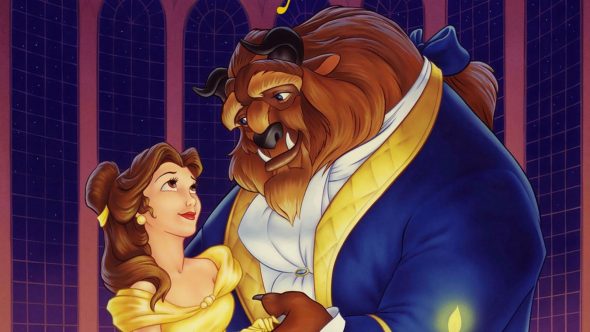
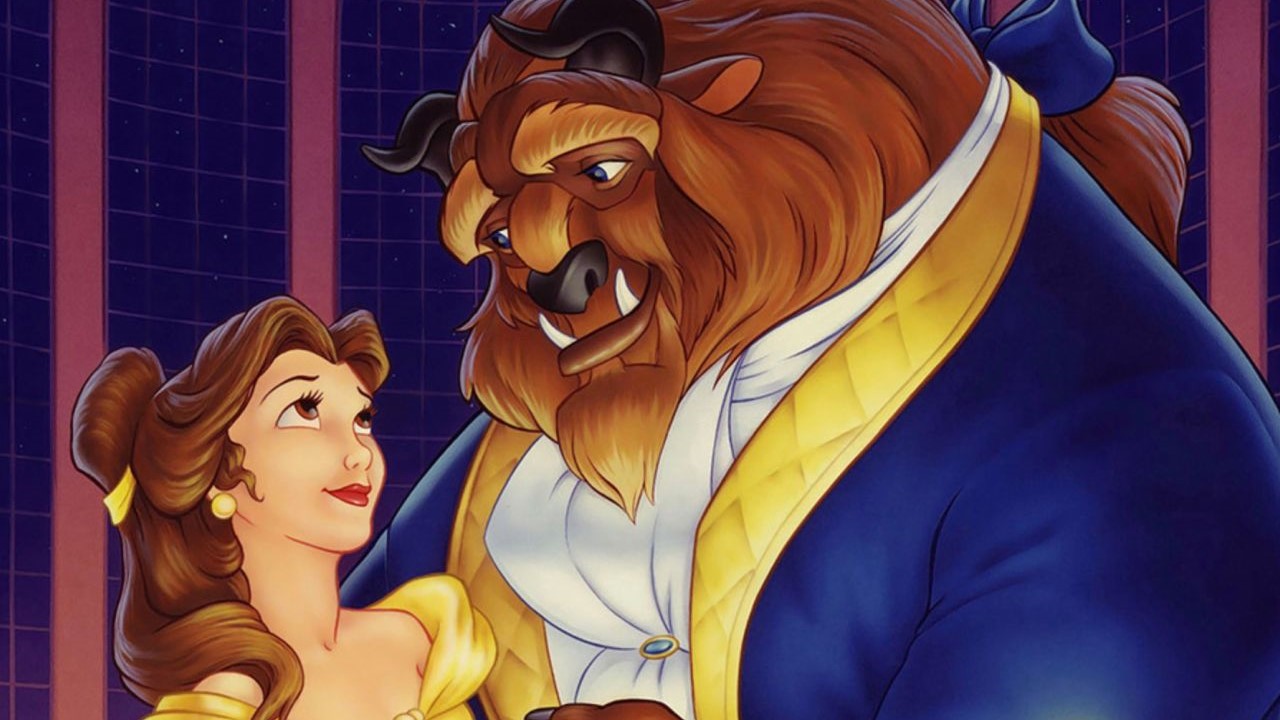
Add a Comment